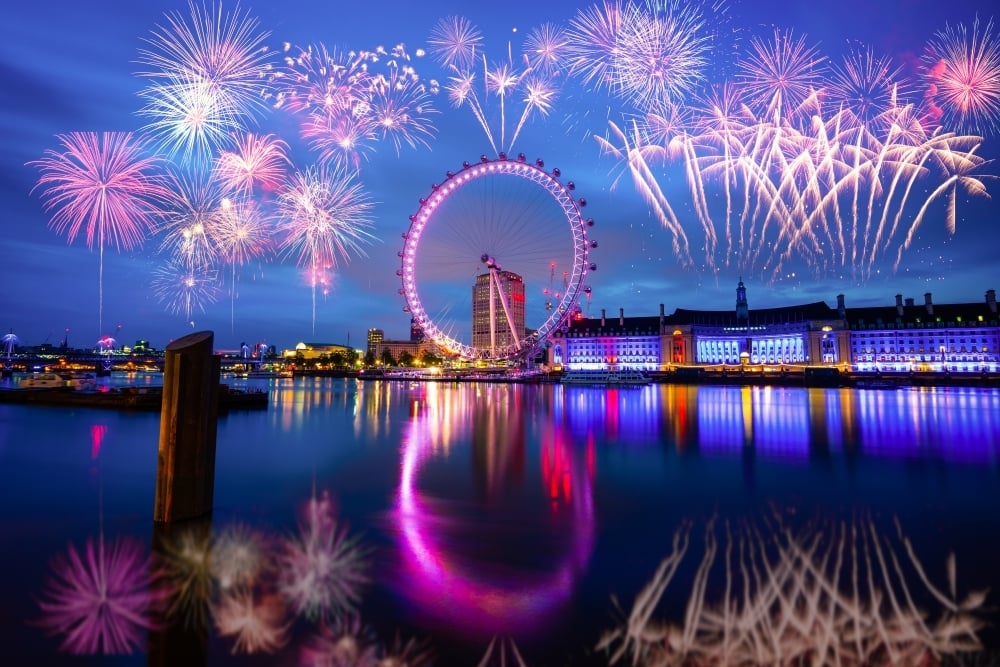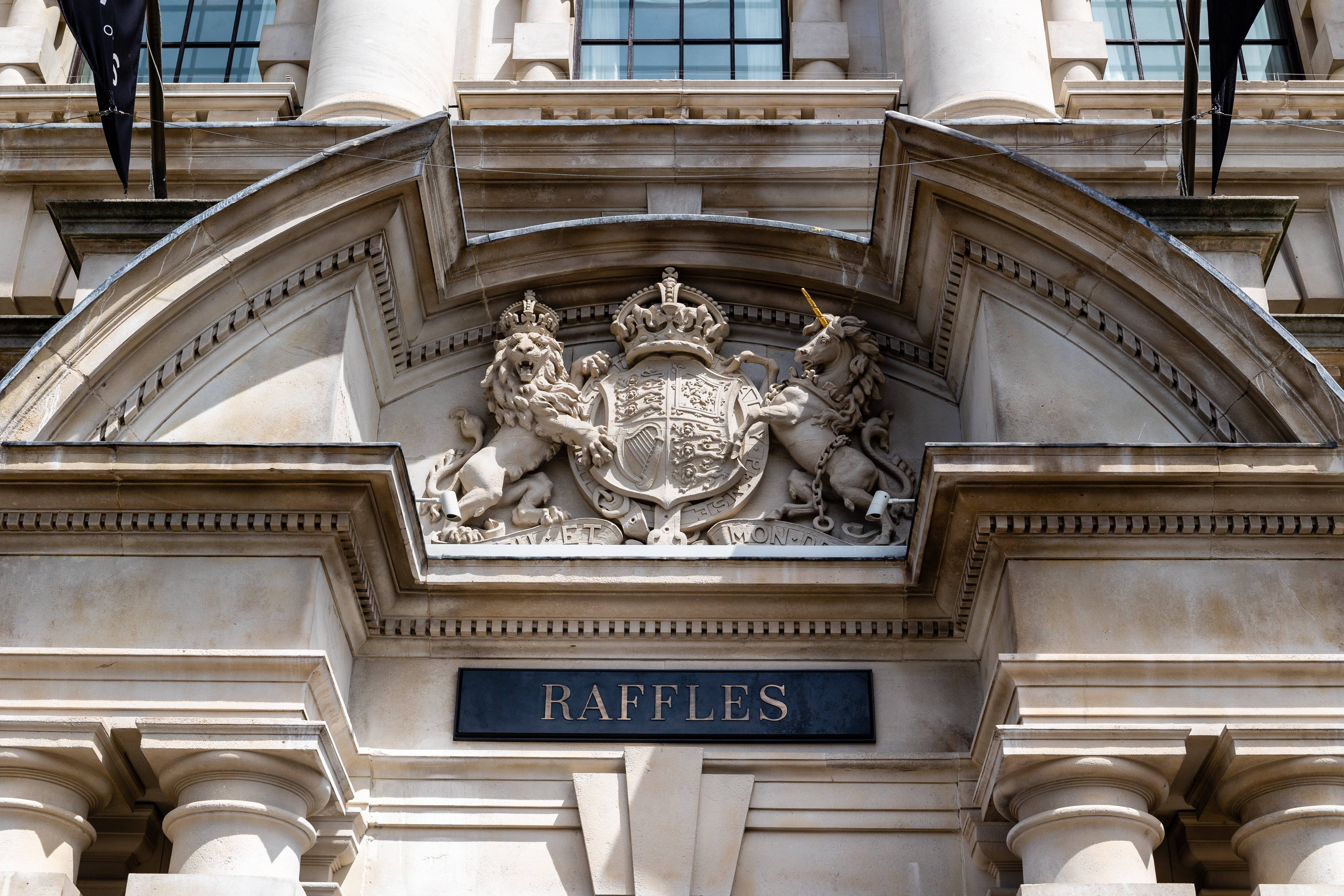The City Where Culture Thrives: Inside Bath Festival
A city that is synonymous with grandiose architecture, sweeping vistas that have captured the eye of artists for centuries, and deeply entrenched heritage, Bath has long been a haven for the arts. Unsurprisingly, the city hosts a festival that allows all of Bath’s artistic lights to shine brightly during the second half of May, at the aptly named “Bath Festival”.
This city-wide spectacle transforms Bath into a broad canvas for artists, writers, musicians, actors and entertainers, and is one of the city’s most popular events, drawing both participants and audiences from across the UK and even further afield. Below we explore more about the festival and its origins, as well as the current programme and events that have attracted millions of visitors for nearly 80 years.
What Is The Bath Festival?
Bath Festival arguably began in 1948, when it was established as The Bath Assembly, a gathering for classical music enthusiasts. By the 1990s, the festival had expanded to a wider artistic brief, leading to the formation of Bath Literature Festival in 1995, and the Bath International Music Festival. These two strands were celebrated in tandem until they merged in 2017 into a single multi-arts festival under the current moniker.
The new format brings together literature, music and a growing mix of other creative arts under one canopy, culminating in today’s The Bath Festival — a ten-day, citywide celebration of books, music and performance, held annually in late May. Comparatively similar to Edinburgh Arts and Brighton Fringe Festival, events are held in landmark venues across the city, such as the Assembly Rooms, Bath Abbey, The Guildhall, and The Forum, as well as in local bookshops, pubs, schools and other public spaces.
The festival is known for its eclectic programme divided into two main strands between the Music and Literature Festival, which includes high-profile evening concerts and author talks, and the wider daytime schedule offering a mix of ticketed and free events. A typical edition might see a Booker Prize-winning author share the stage with a Mercury-nominated musician, or a children’s illustrator doing live drawings alongside a jazz quartet. It is this range and meshing together of different art forms that gives The Bath Festival its signature charm, and has seen its appeal continue to grow throughout the decades.
Events, Acts and Exhibitions
While the festival is divided into two main programming formats, different disciplines and fields of interest may feature across either, throughout each day. The major focal points however, revolve around the following areas:
Literature and Spoken Word
The Bath Festival has become a significant stop on the UK literary circuit since the foundation of the original Bath Literature Festival, regularly hosting bestselling authors, journalists, poets and political commentators. Past line-ups have included Hilary Mantel, Ian McEwan, Elif Shafak, Maggie O’Farrell, Lemn Sissay and Bernardine Evaristo. Panels may explore any of a wide range of topics, including contemporary fiction, historical narratives, memoirs, poetry or current affairs.
The festival also supports emerging writers and offers writing workshops and publishing Q&A sessions with prominent writers and literary figures. Spoken word has also become a growing feature, with poetry slams, performance readings and late-night storytelling sessions growing in popularity. There is a strong emphasis on inclusivity surrounding these events, with a curated approach to the programming of voices from underrepresented backgrounds and genres, ensuring that as many voices are heard as equally as possible, and further broadening the festival’s appeal to wider audiences.
Classical and Contemporary Music
Whilst the festival’s origins have always been firmly rooted in the classics, the music program now spans across many genres, from orchestral and chamber to jazz, folk and experimental. Acclaimed artists like the Academy of St Martin in the Fields, Sheku Kanneh-Mason, and Nicola Benedetti have appeared alongside newer talent in both more intimate recitals and performed to larger crowds in atmospheric spaces such as Bath’s Neo-Gothic Abbey.
Evening concerts include large-scale symphonic ensembles, either in open-air settings or more enclosed spaces. Midweek slots often feature solo recitals and intriguing collaborations from jazz evenings, folk duos, and more contemporary performances such as the likes of “Bach Reimagined”. Bringing the classical arts to life in new ways which challenge the idea of how audiences engage with the arts, is all part of Bath Festival’s creative remit, opening new avenues for the audiences to appreciate music.
Family Events
One of the most cherished components of The Bath Festival is its family programme. Dedicated children’s literature events attract some of the UK’s leading illustrators and authors for storytelling sessions, with authors such as Cressida Cowell, Michael Rosen and Liz Pichon previously gracing as headline guests in recent years.
The festival also partners with schools across Bath and North East Somerset to provide educational outreach, author visits, and creative writing competitions, encouraging young readers to engage with the written word on a deeper level than inside the classroom. There are also performances and concerts from other branches of the festival’s programming aimed specifically at children, from street magic performers to music workshops aimed at helping youngsters broaden their artistic horizons.
Party in the City
One of the cornerstones of the Bath Festival is the citywide celebration that kicks off the festival with music in nearly every corner of Bath. From jazz in the parks to indie bands in pubs, gospel choirs in the Abbey to DJs in gallery spaces, it’s a fine way to showcase the local musical talent, with entry to most venues free as part of the festivities.
Such is the scale of this opening day night-out, that more than 20,000 people are reported to attend the inter-connected venues and events across Bath just for this one evening. These numbers speak volumes about the broad appeal and popularity of the festival, as well as how beloved it is by the local community, working together to create a spectacular party that engulfs the entire city.
Exhibitions, Installations, and Street Tours
While not an art fair per se, The Bath Festival often includes visual components such as photography exhibitions, literary art installations or collaborations with local museums. The Holburne Museum and Victoria Art Gallery run complementary exhibitions tied to festival themes, while roaming street art and interactive installations also feature, for attendees to discover whilst wandering between venues and performances.
In fact, visitors to the festival can take wandering to an entirely new level by joining immersive walking tours that explore Bath and its unique history as a cultural centre. From the works of Jane Austen to Sir Christopher Wren, there are walking tours that cover every aspect of the city’s artistic legacy, including the option to fully embrace the Regency setting and tour the city via a horse-drawn carriage.



